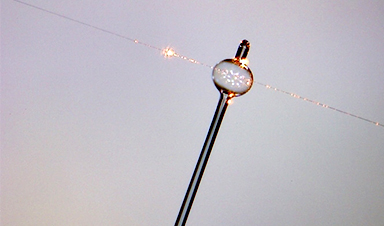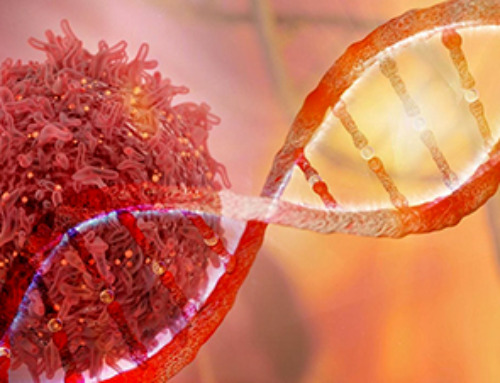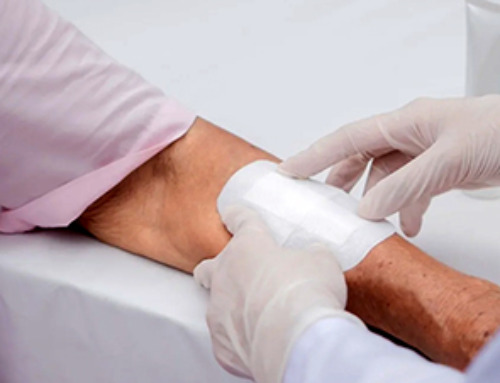Scientists at the Okinawa Institute of Science and Technology Graduate University (OIST) have developed technology that is in fact throwing light on certain smallest particles to detect their presence — and it is developed from tiny glass bubbles.
The technology is based on a unique physical phenomenon called the “whispering gallery,” described by physicist Lord Rayleigh (John William Strutt) in 1878 and named after an acoustic effect inside the dome of St Paul’s Cathedral in London. It was possible to clearly hear the whispers made at one side of the circular gallery at the opposite side. This is due to the travel of sound waves along the walls of the dome to the other side. This effect can be reproduced by light in a tiny glass sphere with a width just equal to the breadth a strand of hair, known as a Whispering Gallery Resonator (WGR).
Upon shining light into the sphere, it bounces around the inner surface again and again, forming an optical carousel. Photons that bounce along the inner surface of the tiny sphere can end up traveling for long distances, as long as 100 m at times. However, every time a photon gets bounced off the surface of the sphere, a small amount of light escapes. This leaking light forms a kind of aura around the sphere, called as an evanescent light field.
When nanoparticles enter the range of this field, its wavelength is distorted by them, thus effectively altering its color. Researchers can monitor these changes in color and use the WGRs as a sensor; earlier, different research teams used them to detect individual virus particles in solution, for instance. However, researchers at OIST’s Light-Matter Interactions Unit observed that enhancements to prior work can be made to develop even more sensitive designs. The research has been reported in the journal Optica.
Image Credit: OIST
News This Week
AI Is Overheating. This New Technology Could Be the Fix
Engineers have developed a passive evaporative cooling membrane that dramatically improves heat removal for electronics and data centers Engineers at the University of California San Diego have created an innovative cooling system designed to greatly enhance [...]
New nanomedicine wipes out leukemia in animal study
In a promising advance for cancer treatment, Northwestern University scientists have re-engineered the molecular structure of a common chemotherapy drug, making it dramatically more soluble and effective and less toxic. In the new study, [...]
Mystery Solved: Scientists Find Cause for Unexplained, Deadly Diseases
A study reveals that a protein called RPA is essential for maintaining chromosome stability by stimulating telomerase. New findings from the University of Wisconsin-Madison suggest that problems with a key protein that helps preserve chromosome stability [...]
Nanotech Blocks Infection and Speed Up Chronic Wound Recovery
A new nanotech-based formulation using quercetin and omega-3 fatty acids shows promise in halting bacterial biofilms and boosting skin cell repair. Scientists have developed a nanotechnology-based treatment to fight bacterial biofilms in wound infections. The [...]
Researchers propose five key questions for effective adoption of AI in clinical practice
While Artificial Intelligence (AI) can be a powerful tool that physicians can use to help diagnose their patients and has great potential to improve accuracy, efficiency and patient safety, it has its drawbacks. It [...]
Advancements and clinical translation of intelligent nanodrugs for breast cancer treatment
A comprehensive review in "Biofunct. Mater." meticulously details the most recent advancements and clinical translation of intelligent nanodrugs for breast cancer treatment. This paper presents an exhaustive overview of subtype-specific nanostrategies, the clinical benefits [...]
It’s Not “All in Your Head”: Scientists Develop Revolutionary Blood Test for Chronic Fatigue Syndrome
A 96% accurate blood test for ME/CFS could transform diagnosis and pave the way for future long COVID detection. Researchers from the University of East Anglia and Oxford Biodynamics have created a highly accurate [...]
How Far Can the Body Go? Scientists Find the Ultimate Limit of Human Endurance
Even the most elite endurance athletes can’t outrun biology. A new study finds that humans hit a metabolic ceiling at about 2.5 times their resting energy burn. When ultra-runners take on races that last [...]














Leave A Comment